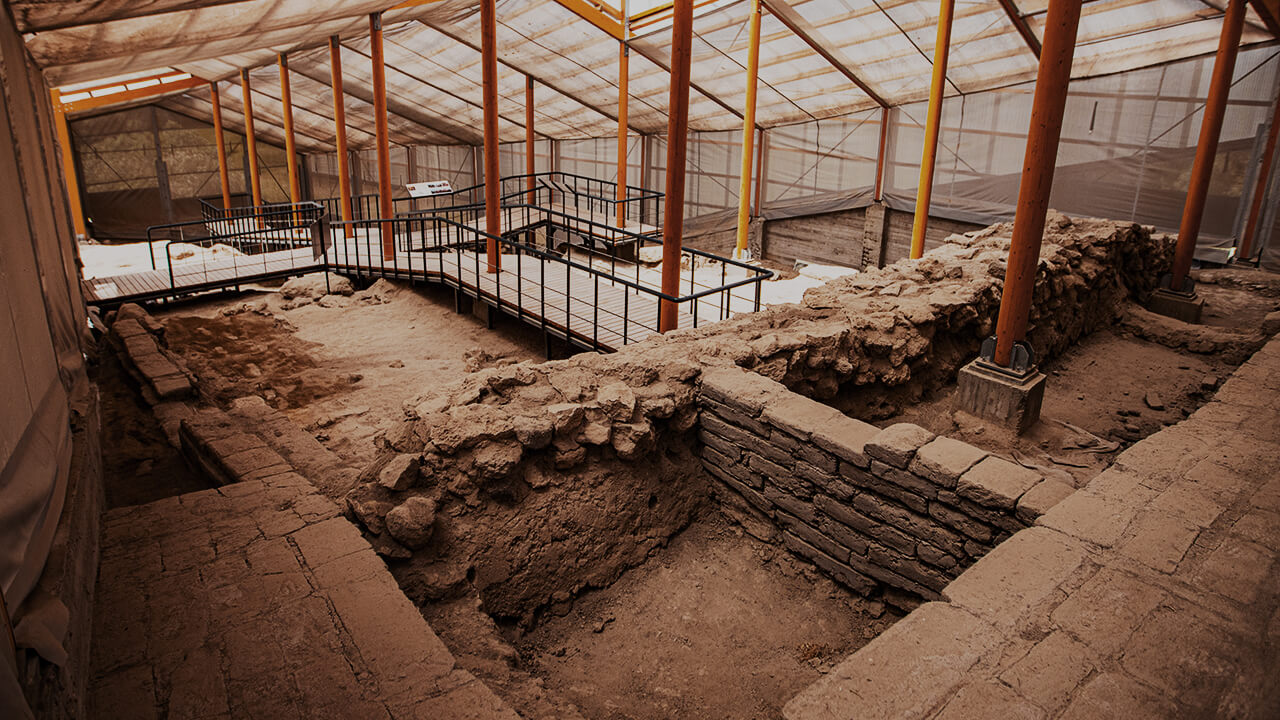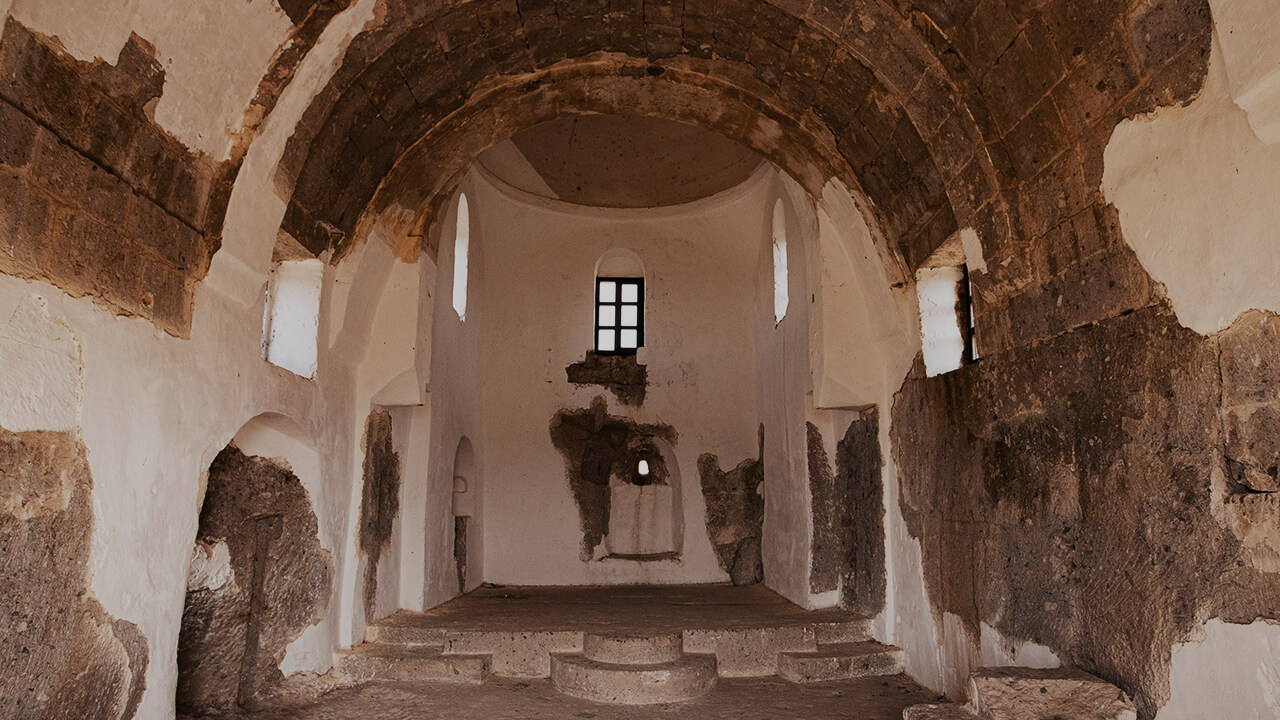
17.11.2023
5 Dakika
Aksaray, one of the cities in Türkiye, in the region historically known as Cappadocia, is home to one of the few Neolithic settlements discovered worldwide, underground settlements of the early Christian era, and rock-carved churches. Within its borders is the Ihlara Valley, an impressive area in which landforms and culture come together in a unique harmony. The city has witnessed the first known brain surgery in history and has hosted interesting and colorful figures, such as a former Roman commander who had to flee and hide from the Roman Empire. In this blog, you can find the historical and cultural sights in Aksaray that you must visit for a full Cappadocia experience.

Dating back to 8500 BC, Aşıklı Höyük is among the first examples of humanity's transition into sedentary life. The site is an important location in human history as it was a settlement used for more than 1,000 years and contains findings on the domestication of animals like sheep and goats. Architectural changes during the transition to settled life can also be traced by the remains in Aşıklı Höyük. One of the most interesting facts about this prehistoric settlement is the discovery of a skull that shows indications of the first brain surgery in the world. When you visit Aşıklı Höyük, you can also see the reconstructions of the village structures that have undergone various changes over 1,000 years.

Saint Mercurius was a commander who lived in the 3rd century AD and declared that he converted to Christianity at a time when the religion was considered illegal in the Roman Empire. This historical underground city in Aksaray, named after this commander, was a refuge for Christians of that period. Although the structure is made up of 7 floors, only 3 of these have been cleared and is open to visitors today. St. Mercurius Underground City draws attention with its church, the size of a cathedral, unlike the smaller churches found in similar underground cities. There are also burial structures carved into the rocky base of this large church. It is also suggested that St. Mercurius was captured and killed by the Romans and was buried in one of these tombs. St. Mercurius Underground City and Church gives the impression that many more mysteries are concealed beneath its floors, making it a unique historical site that must be visited.

One of the largest canyons in the world, Ihlara Valley served as an important center in the early propagation era of Christianity. The unique landscape, formed by natural forces, has many churches and living spaces carved into the rocky mountainsides. Of the 105 churches discovered in the area, 14 are open to visitors. The valley, in which important figures of the early Christian era such as St. Basil the Great and Gregory of Nazianzus were raised, is home to many cultural ruins that exhibit a magnificent harmony with impressive natural formations. The depictions in the churches of the valley that add to the mystical atmosphere of the area are historical artifacts worth seeing, as well.

Located near the borders of Aksaray, Monastery Valley, an open-air museum, is also a site that stands out with both its magnificent natural scenery, and cultural elements in perfect harmony with the landforms. With 28 churches carved into the rocks, Monastery Valley can be regarded as a smaller version of Ihlara Valley.

Saratlı Kırkgöz Underground City is estimated to extend 7 floors deep underground; however, as of today, only 3 floors have been cleared and opened to visitors. Wells and cisterns that provided water to the locals, ventilation shafts and stables with 14 animal feeders are among the structures you can find in the city. This 40-room underground city with ancient toilets, bathrooms and pantries has survived the test of time in a very good and almost fully intact condition. Thus, visitors can easily imagine what it must have been like to lead a life in such a settlement.

The Aksaray Museum showcases 15,354 artifacts of a timescale extending from the pre-pottery Neolithic Period to the end of the 19th century AD. These artifacts, placed in six exhibition halls, include remarkable relics such as the skull found in Aşıklı Höyük, which is thought to have undergone the first brain surgery in the world, and mummies from the Byzantine Period.
If you are planning to visit Cappadocia and do not want to miss the historical and cultural sites and artifacts that have stood the test of time, in harmony with the magnificent natural landscapes created by our planet over centuries, we recommend you add Aksaray to your itinerary.